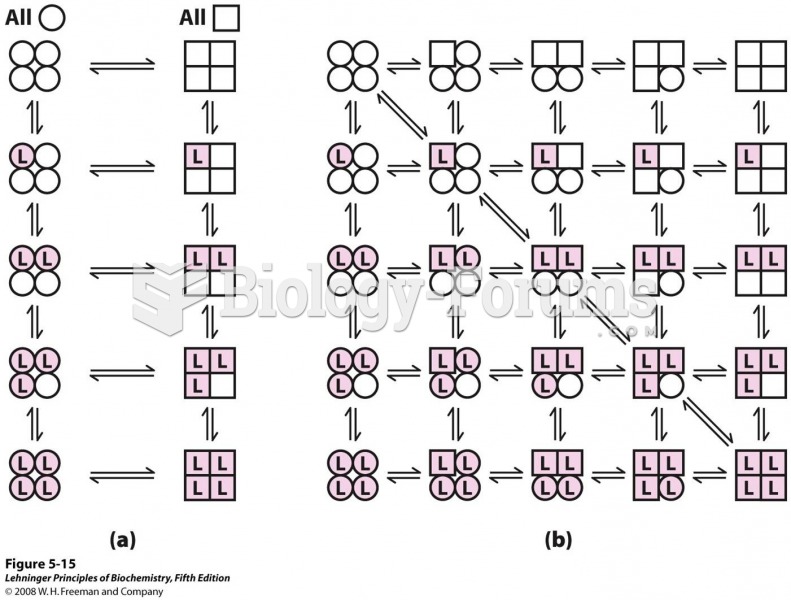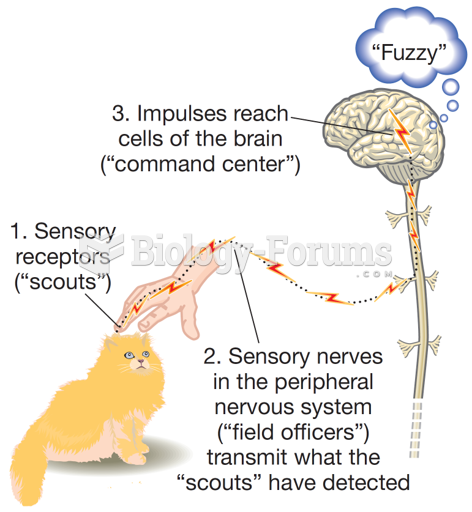Answer to Question 1
Ans: C
Feedback:
Principles of epidemiology are used throughout the development, planning, implementation, and evaluation phases of the community assessment process. Epidemiologic methods can help identify patterns of health and social inequity and determine trends in three ways: (1) by describing the disease or disability, (2) by determining relationships that can predict health or health disparities, and (3) by developing and testing interventions. By noting that families of asthmatic children tend to be less educated and less likely to comply with current treatment plans, you have already determined relationships that can predict the health disparity. Therefore, the next step would be to develop and test an intervention on the basis of these findings. The school-based education program is the only intervention listed that directly addresses the cause of the health disparity and that may be tested.
Answer to Question 2
Ans: C
Feedback:
A community of solution is formed by an aggregate specifically to address health concerns within a particular area. Communities of solution are composed of persons not only from the area of need but also members of neighboring communities who have a vested interest in a challenge the community faces. These communities can form in response to a health threat, such as contaminated water or industrial air pollution. A geopolitical community is a group of people who live within identified boundaries and governing systems. An epidemiologic model is a process used to assess a community using data collected from descriptions and statistical relationships to evaluate the level of health and well-being within a community to address identified healthcare needs. A developmental model is a retrospective, historical analysis of system parameters such as the physical environment, education, safety and transportation, politics and government, health and social services, communication, economics, and recreation in a community.







